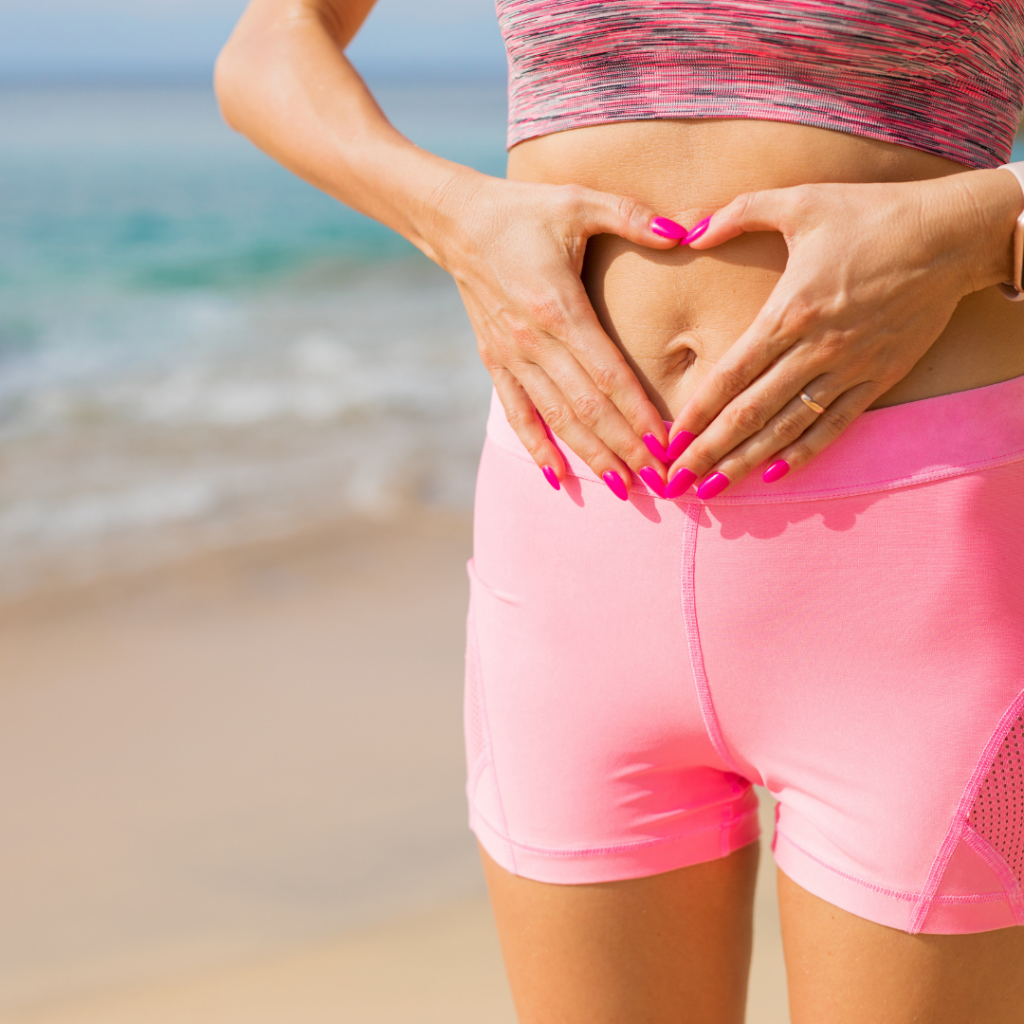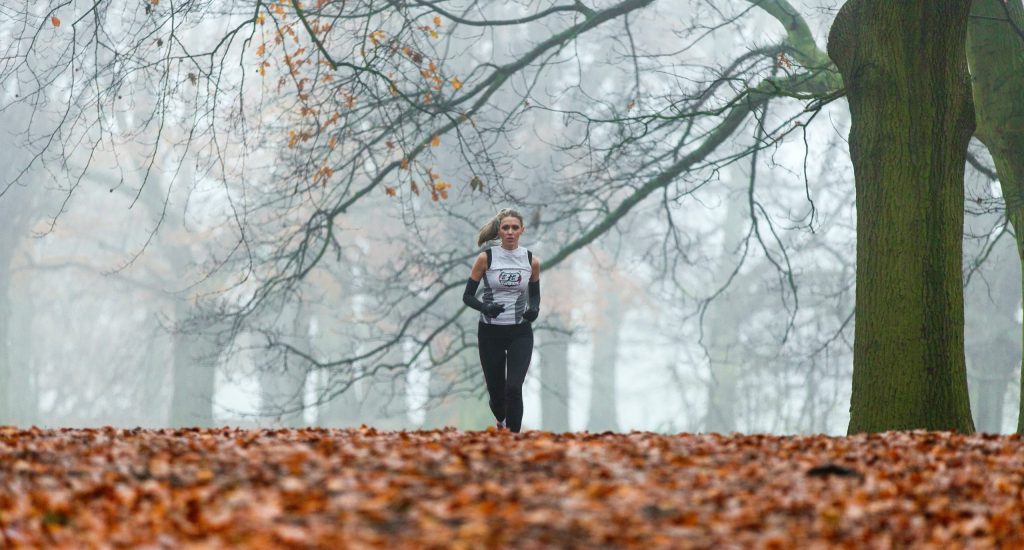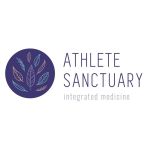If you’re training hard, but don’t feel like you’re improving your athletic performance, then enriching your gut health through choosing the best probiotics to complement your gut microbiome could be the missing ingredient.
What are probiotics?
Probiotics are live microorganisms, mainly bacteria, and yeasts, that naturally reside in your gut (microbiome) and convey a health benefit. Your microbiome typically contains over 1000 different organisms, both beneficial and pathogenic.
Because a healthy gut microbiome strengthens your immune system and enhances your recovery from fatigue and overtraining, taking care of your gastrointestinal system is vital. This will enhance your general health and help to improve your athletic performance.
We consume probiotics via gut-friendly fermented foods such as yogurt, kefir, kimchi, kombucha, and sauerkraut, and commercially produced supplements.
Probiotics shouldn’t be confused with prebiotics. Prebiotics are carbohydrates and fibres such as inulin and other fructo-oligosaccharides found in foods like artichoke, bananas, and asparagus. The microorganisms in your gastrointestinal tract use prebiotics as fuel.
Supplements called ‘synbiotics’ contain both prebiotic molecules and probiotic organisms.2 Synbiotics offer a dual-action strategy for even greater health benefits. A diet rich in pre and probiotic foods support your gut to develop a robust immunity.
Understanding probiotics for runners
As the popularity of ‘gut health’ supplements for athletes increases, a basic knowledge of the assortment of beneficial probiotics in your supplement is helpful.
Probiotics are classified by their unique microorganism strain, which includes the genus, species, subspecies (if applicable), and an alphanumeric strain designation.
The seven core probiotic genera are Lactobacillus, Bifidobacterium, Saccharomyces, Streptococcus, Bacillus, Enterococcus, and Escherichia.
Lactobaccillus rhamnosus, Lactobaccillus acidophilus, and Saccharomyces boulardii are common commercially produced probiotic and yeast species. This ‘probiotic tree’ diagram highlights several commercially available probiotic strains.
Research on specific probiotic strains has expanded our knowledge of the health benefits and targeted treatments of probiotics for athletes. However, probiotic supplementation may not be appropriate or necessary for all athletes.
Probiotics for Runners
Certain probiotic species impart significant anti-inflammatory effects within your gut. In particular, Lactobacillus strains produce lactate, which is then converted into short-chain fatty acids by your gut bacteria. Butyrate is a pivotal short-chain fatty acid for intestinal homeostasis due to its anti-inflammatory properties and beneficial effects on intestinal cells, gut barrier function, and permeability.
Over thirty years of research supports the widespread use of Lactobacillus rhamnosus GG (LGG) for common gut-related issues such as diarrhoea, antibiotic use, infections, e.g., Clostridium, irritable bowel syndrome, inflammatory bowel disease, respiratory tract infections, and allergies in athletes.
Studies also show certain probiotics can improve vitamin D levels in athletes.
LGG along with L. acidophilus, and B. bifidum improve exercise-induced gastrointestinal symptoms. In fact, almost 60%of runners and endurance athletes who train intensely experience gut microbiome upsets and unwanted symptoms. Probiotics offer relief by supporting immune function and intestinal cell proliferation and function, as well as shortening the duration of gastrointestinal symptoms.5
Probiotic strains interact favourably with other probiotic species in the microbiome to improve the overall balance and composition of beneficial bacteria in your gut. For example, Lactobacillus fermentum (PCC) can increase the Lactobacillus genus seven-fold after 11 weeks of supplementation.
Probiotic supplements can help regulate blood sugar levels and maintain energy for training and performance. Also, yeast probiotics such as Saccharomyces cerevisiae are widely used to suppress the overgrowth of Candida or thrush fungal infections.
Lastly, new research demonstrates that probiotics can enhance sports performance. Runners taking Bifidobacterium longum (OLP-01) for five weeks significantly increased their running distance in a timed test. Bifidobacterium longum (OLP-01) also provided other health benefits such as increasing the abundance of gut microbiota in the runners.
There are a few final points to keep in mind before you add probiotics to your diet.
First, the quality of your probiotic supplement may vary significantly. Be careful about your choices as the label “probiotic” doesn’t necessarily mean this option will be suitable for your microbiome.
Second, a probiotic combination or an inappropriate supplementation duration may exacerbate unwanted symptoms in some situations. Therefore, it’s vital to consume high-quality, well-characterised live probiotics that deliver a therapeutic dose over an effective length of time.
Finally, the best probiotics for endurance athletes are selected case by case to improve your performance, recovery, immune and gut health. Be sure to seek professional advice for the most suitable probiotic therapy for your training and health circumstances.
Unsure if a probiotic supplement could help you?
Speak with Athlete Sanctuary’s sports naturopath and nutritionist about your health and sports performance goals today.
About the Author: Kate Smyth is a Sports naturopath, nutritionist and female-centric running coach. She is the founder of the Athlete Sanctuary- a holistic healthcare clinic for athletes of all levels and sporting codes. Kate has a thirst for knowledge with two bachelor’s and a master’s degree under her belt. She has been involved in sports for many decades and competed for Australia in the Commonwealth Games and Olympic Games marathons with a personal best time of 2 hours 28 minutes. For more information visit www.https://https://athletesanctuary.com.au/wp-content/uploads/2023/03/normatec-3-lower-body-system-thumb_720x-1.webp.com.au/wp-content/uploads/2020/05/Seed-Cycle-Blends-scaled-1.jpg.com.au
References
- Hill C, Guarner F, Reid G, Gibson GR, Merenstein DJ, Pot B, et al. The International Scientific Association for Probiotics and Prebiotics consensus statement on the scope and appropriate use of the term probiotic. Nat Rev Gastroenterol Hepatol 2014;11:506-14.
- World Gastroenterology Organisation. Probiotics and prebiotics. 2017.
- Capurso, L. (2019). Thirty years of Lactobacillus rhamnosus GG: a review. Journal of Clinical Gastroenterology, 53, S1-S41. doi: 10.1097/MCG.0000000000001170
- Leite, G. S., Student, A. S. R. M., West, N. P., & Lancha Jr, A. H. (2019). Probiotics and sports: A new magic bullet? Nutrition, 60, 152-160. https://doi.org/10.1016/j.nut.2018.09.023
- Salarkia, N., Ghadamli, L., Zaeri, F., & Rad, L. S. (2013). Effects of probiotic yogurt on performance, respiratory and digestive systems of young adult female endurance swimmers: a randomized controlled trial. Medical Journal of the Islamic Republic of Iran, 27(3), 141. https://www.ncbi.nlm.nih.gov/pmc/articles/PMC3917487/
- West, N. P., Pyne, D. B., Cripps, A. W., Hopkins, W. G., Eskesen, D. C., Jairath, A., … & Fricker, P. A. (2011). Lactobacillus fermentum (PCC®) supplementation and gastrointestinal and respiratory-tract illness symptoms: a randomised control trial in athletes. Nutrition Journal, 10(1), 1-11. https://nutritionj.biomedcentral.com/articles/10.1186/1475-2891-10-30
- Gaziano, R., Sabbatini, S., Roselletti, E., Perito, S., & Monari, C. (2020). Saccharomyces cerevisiae-based probiotics as novel antimicrobial agents to prevent and treat vaginal infections. Frontiers in Microbiology, 11, 718. https://doi.org/10.3389/fmicb.2020.00718
- Lin, C. L., Hsu, Y. J., Ho, H. H., Chang, Y. C., Kuo, Y. W., Yeh, Y. T., … & Lee, M. C. (2020). Bifidobacterium longum subsp. longum OLP-01 Supplementation during Endurance Running Training Improves Exercise Performance in Middle-and Long-Distance Runners: A Double-Blind Controlled Trial. Nutrients, 12(7), 1972. doi:10.3390/nu12071972
- Probiotic professionals







